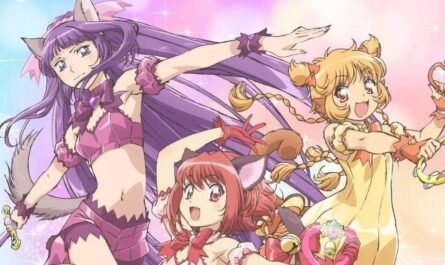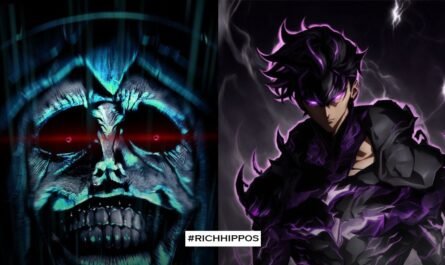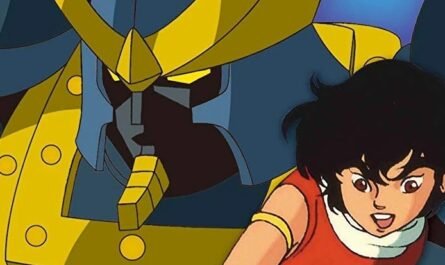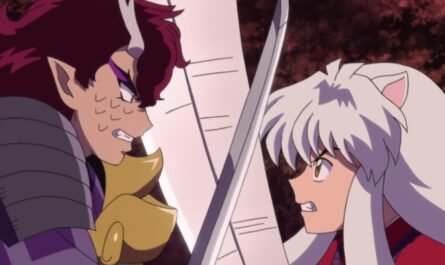The news that interests the anime business has been transmitted since the beginning of the year. The president of TBS Holdings (TBS) mentioned the animation business as one of the three major projects in his New Year’s greetings and said he would invest 2.5 billion yen in human resources and digital investment in the animation production subsidiary Seven Arcs.
Seven Arcs is a mid-sized animation production company that recently produced “Blue Period” and “Fly Me to the Moon.” The Seven Arcs Group became a wholly-owned subsidiary of TBS in December 2017, with annual sales of several hundred million yen. Even now, the scale of program production does not change much from the pace of several programs per year, so several times the annual sales will be invested.
Recently, the trend is for TV stations to enter the anime business. The animation business division has been established and expanded one after another, and the strengthening of production investment is also conspicuous. As video viewing spreads from television to distribution, it is part of a diversification strategy that seeks survival.
Among these, the one that attracts attention is anime.
1. Growth potential of the anime business
2. Popularity in overseas markets (also linked to globalization)
3. It is superior to other companies in different industries because it can utilize the broadcasting frame.
4. It will be possible to diversify the animation alone, such as commercialization, events, and live performances.
It is a place like that.
There are several patterns for strengthening anime on TV stations. One is the quantitative expansion to increase the number of investment works and further increase the investment ratio of the works. After that, we will increase profits by acquiring a license window for commercialization and overseas sales. Brands of late-night anime broadcasting slots such as “+ Ultra” (Fuji TV) and “NUM Animation” (TV Asahi), which are becoming more active, are also connected to this.
However, if you only want to expand the animation business, you can invest (produce) and get rights management and distributions. There are much staff, such as animators in animation production, and unique industry rules should be a heavy burden in terms of cost and management. Making the production studio a wholly-owned subsidiary is a big decision.
Currently, the needs for animation production are powerful. It seems that the reason is that it is difficult to find a production company even if a new animation project is set up. Major production companies tend to fill their schedules up to a few years ahead with the work of their long-standing partners.
If it is a subsidiary, you can prioritize your planning. In addition, by making it a work produced by our group, we can gain a stronger position in planning, program sales, and license management. In other words, he is deeply involved in making anime.
TBS is not the only company that makes an animation production company a subsidiary. In 2008, Asahi Broadcasting Group Holdings (after this referred to as Asahi Broadcasting), a significant company in Osaka, made Silver Link, which produces “Non-Non Biyori,” a subsidiary. In recent years, Asahi Broadcasting has been particularly enthusiastic about the animation business, such as establishing ABC Animation and making it a DLE subsidiary. There must be a judgment that securing a production site is indispensable for realizing the in-house project.
A successful model precedes the movements of both stations that emphasize animation production functions. In 2014, Fuji Media Holdings (Fuji TV) made David Production a subsidiary. At that time, a subsidiary surprised the industry, Fuji TV’s choice to make “JoJo’s Bizarre Adventure” and David Production, which specializes in core fans.
Until then, there were TV stations that owned animation production companies. However, Tatsunoko Production of Nippon Television Holdings (after this, Nippon Television) and Shin-Ei Animation of TV Asahi Holdings (after this, TV Asahi) are “Science Ninja Corps Gatchaman,” “Yatterman” (Nippon Television), “Doraemon,” and “Crayon Shin-chan,” respectively. The production function such as (TV Asahi) and the meaning of securing the work rights owned by the studio was vital. The point is to acquire works and IP.
Also, TV Asahi and Fuji TV are Toei Animation’s significant shareholders. NTV is a significant shareholder of IG Port, but this has a big meaning of cross-shareholding between companies with close business relationships.
By becoming a Fuji TV group, David Production will advance to late-night anime core fans, and kids’ works such as “Monster Hunter Stories RIDE ON” and “Captain Tsubasa.” The other day, it announced that it would produce a new “Urusei Yatsura.” We will increase the amount of production and expand the range of works. For Fuji TV, it is a studio where you can rest assured that you will be producing strategic titles.
Another three companies, Seven Arcs, Silver Link, and David Production, are also medium-sized studios. Even Nippon Television, the largest commercial broadcaster, has annual sales of 400 billion yen, which is by no means extensive. The scale of a broadcasting station’s business is too large for a significant production company, and it is challenging to step into the production site or creative. In addition, large-scale production companies have many titles, so omnidirectional diplomacy with a wide range of companies is required.
On the other hand, mid-sized studios tend to be busy securing production schedules, and it is challenging to handle sales. Above all, the studio’s production system and the investment funds required for maintaining competitiveness and new equipment are scarce. I would be grateful if the TV station could cover this. The TV station expects the studio to grow steadily and be in charge of production during the extensive planning of its station. That’s what TBS is aiming for at Seven Arcs.











